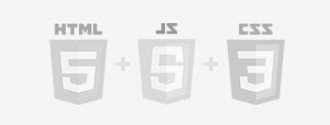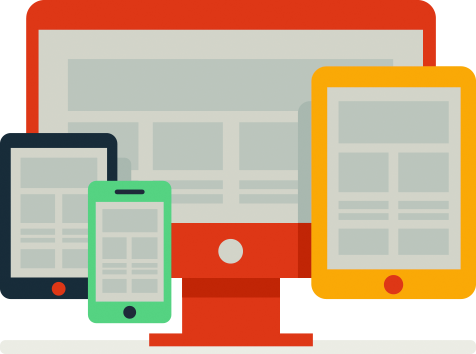Information Gathering & Planning
The first step in designing a successful web site is to gather information. Many things need to be taken into consideration when I design the look and feel of your site, so first I ask a lot of questions to help understand your business and your needs in a web site. Using the information gathered from phase one, I put together a plan for your web site.












